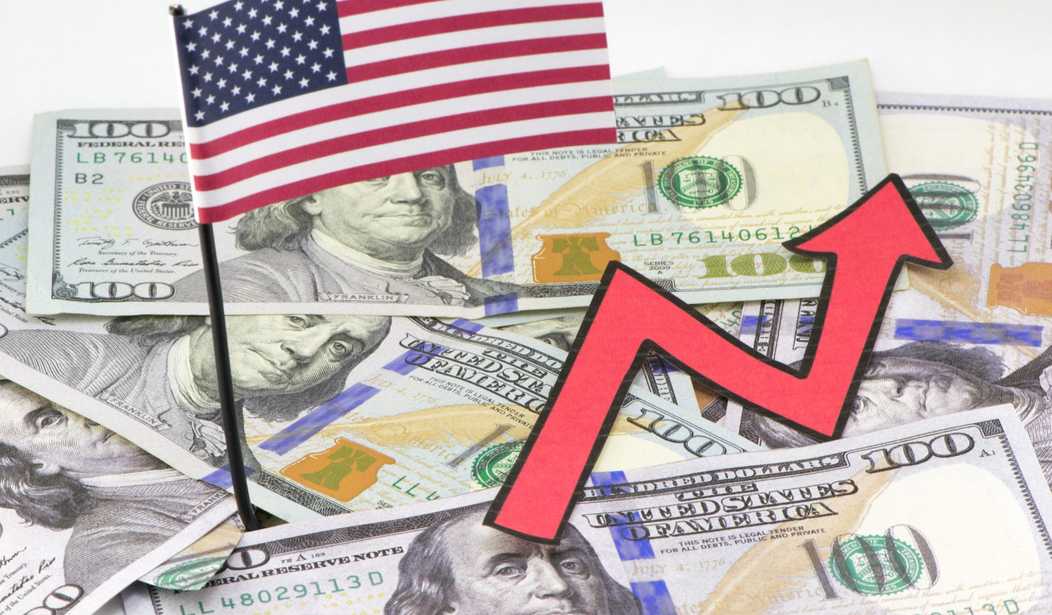There are many in Washington who wish the issue of raising the debt limit would simply go away. No other grown-up, industrialized democracy forces its legislature to vote to give the go-ahead to spending funds already approved.
But the vote to raise the debt limit places the issue of the national debt before the people unlike any other. It may be redundant — even crazy — to vote twice on spending taxpayers’ money, but raising the debt limit shines a light on congressional budgeting and the lack of fiscal discipline that has led to our catastrophic $20 trillion national debt.
On March 16, the same day that Donald Trump is expected to submit his first budget to Congress, the debt limit suspension under which the federal government has operated since 2015 will expire. From that day forward, a fiscal clock will be ticking at the Treasury Department as Secretary Mnuchin will begin applying extraordinary measures to allow the government to continue to borrow. But eventually, time will run out and either the debt limit will be raised or government will be forced to live hand-to-mouth — only paying bills out of cash on hand and tax receipts.
Congress could put off raising the borrowing ceiling until late summer or fall and still avoid a government default if, as expected, the Treasury Department employs so-called extraordinary measures. The measures are accounting maneuvers that allow the federal government to continue to borrow and fund government operations temporarily.
Once they are exhausted, the Treasury is left with cash on hand and incoming tax receipts, which would be insufficient to pay all bills on time.
The Bipartisan Policy Center on Thursday estimated the Treasury will run out of enough money to pay all its bills in October or November.
Lou Crandall, chief economist for Wrightson ICAP, told CQ Roll Call his preliminary numbers suggest late August or early September is the more likely range.
Crandall said that “one good or bad day in the April tax processing season could change that,” referring to the amount of taxes collected. He added that the “confidence interval around any point estimate of the drop-dead date is very wide at this early stage.”
Lawmakers are only beginning to focus on the debt limit.
In a meeting with reporters Thursday, House Democratic Whip Steny H. Hoyer said Democrats would be “inclined” to vote for a debt limit increase as long as the bill is clean, meaning it would raise the debt limit without any conditions. But the Maryland lawmaker added that if conservatives insist on a trade-off for raising the borrowing ceiling, “that’s a different question.”
In a release, Shai Akabas, fiscal policy director at the Bipartisan Policy Center, said the “possibility of major fiscal policy changes this year and heightened volatility around tax revenues mean that any projections have a higher level of uncertainty this time around.”
Akabas urged lawmakers to “address the debt limit well in advance of the ‘X-date’ range if they want to guarantee that the Treasury can continue to pay all of its bills in full and on time.”
Generally, the party in power in the White House wants a “clean” debt ceiling bill with no extraneous conditions while the opposition wants to load up the debt limit bill with all sorts of riders and amendments.
But in an ironic twist, it may be conservatives in the House who try to throw a monkey wrench into raising the debt ceiling by offering all sorts of amendments that may pass the lower chamber but never make it out of the Senate.
Congress will be too busy the next few months trying to deal with President Trump’s agenda to concentrate on raising the debt limit. But even if no one on the Hill is paying attention, that clock at the Treasury Department will continue to tick down until time runs out and we have another crisis on our hands.










Join the conversation as a VIP Member